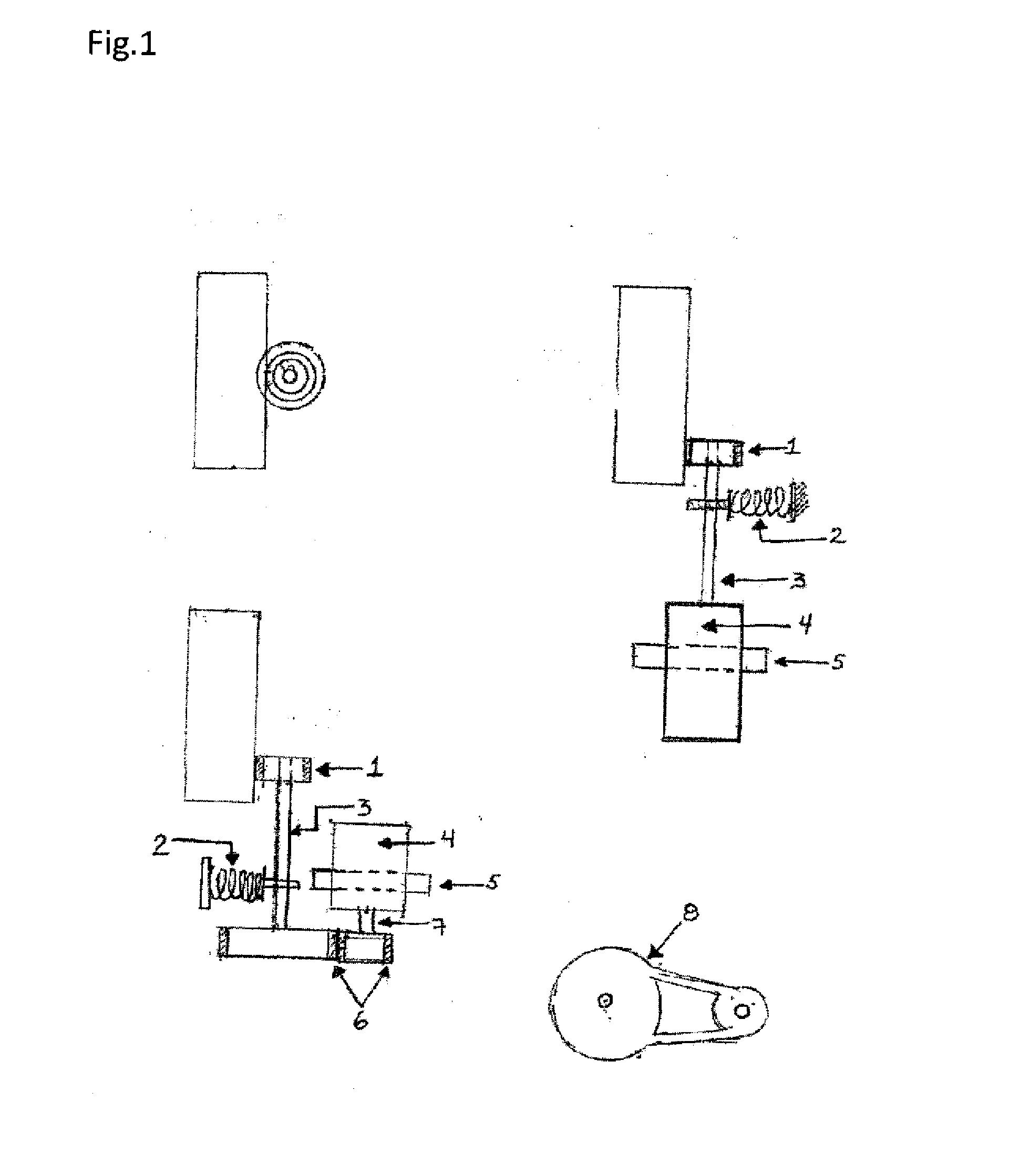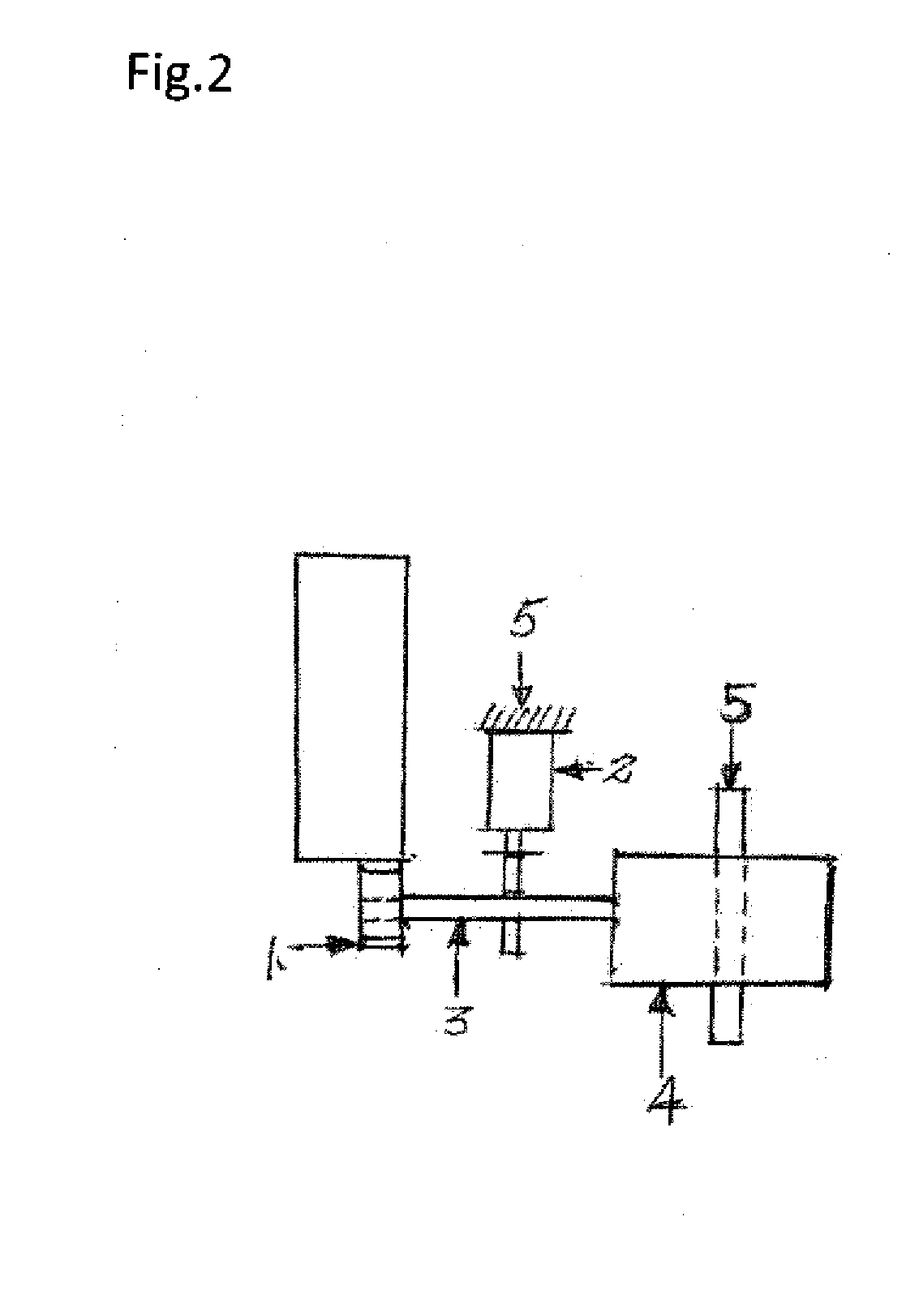Regenerative electricity system for electric vehicles
a technology of regenerative electricity and electric vehicles, applied in the field of systems, can solve problems such as inefficiency from an operational standpoint, and achieve the effects of improving the operation and efficiency of electric vehicles, improving the performance of electric vehicles, and being more efficien
- Summary
- Abstract
- Description
- Claims
- Application Information
AI Technical Summary
Benefits of technology
Problems solved by technology
Method used
Image
Examples
Embodiment Construction
[0011]For purposes of illustration, embodiments of the invention will be described as applied to electrical vehicles, providing an improvement over electric vehicles which require recharging batteries after a period of driving time typically of 2 to 3 hours. The average electric vehicle recharges its batteries from the electric grid, which produces air pollution from the fuel combustion by the electric plants, which generate electricity for household use. The system of the present invention is designed to eliminate this pollution when installed in an electric vehicle, and to make the average electric vehicle a much better vehicle from an operational standpoint.
[0012]As shown in FIG. 1, the system comprises a small wheel 1, preferred to be about 3 inches in diameter, attached to the front of a flexible shaft 3 that has a connection at the rear end to the shaft of an alternator or DC generator 4, depending on the type of electric motor, direct current or alternate current, installed i...
PUM
 Login to View More
Login to View More Abstract
Description
Claims
Application Information
 Login to View More
Login to View More - R&D
- Intellectual Property
- Life Sciences
- Materials
- Tech Scout
- Unparalleled Data Quality
- Higher Quality Content
- 60% Fewer Hallucinations
Browse by: Latest US Patents, China's latest patents, Technical Efficacy Thesaurus, Application Domain, Technology Topic, Popular Technical Reports.
© 2025 PatSnap. All rights reserved.Legal|Privacy policy|Modern Slavery Act Transparency Statement|Sitemap|About US| Contact US: help@patsnap.com



